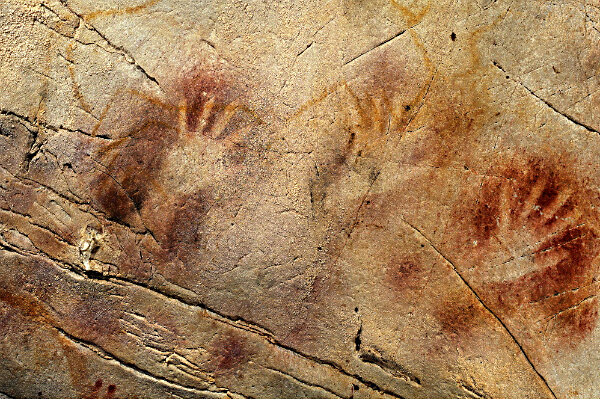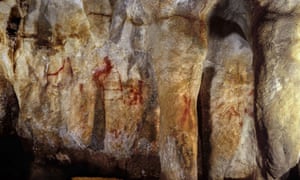Pre-lesson - Breaking News English
Reading
Place these in the right places:
yet
in doing so
makes the case for
as the real artists
made their way to
Until now
More than 65,000 years ago, a Neanderthal reached out and made strokes in red ochre on the wall of a cave, and (1)________, became the first known artist on Earth, scientists claim.
Bold words:
accessories - amazed - remainders - convincing evidence - unconvincing - tracings - reverses
painted - degrees - well established - eliminate
24 terms to understand before listening / watching:
24 terms
Neanderthal Origin of Iberian Cave Art
1. When were Neanderthals fossils first discovered?
2. Which ape have they been compared with by some researchers?
3. What is inside the square frames?
4. Why is it impossible to date the paintings by carbon dating?
5. How is calcium carbonate formed?
6. How long has calcite dating been used in geochronology?
7. According to the researchers, when did Homo Sapiens arrive in this region?
8. In which areas of the Iberian peninsula have Neanderthal paintings been found?
9. What does this tell us?
10. The paintings were not made where the Neanderthals actually lived. Why is this significant?
Review
Listen again for these verb phrases and put them in the order you hear them:
was proposed as
done by
focusing on
arrive
portrayed as
represent
form
had to be
shows
making (deliberate decisions)
exists
look at (in terms of)
percolating
precipitate out

Check
was proposed as
portrayed as
represent
form
done by
focusing on
percolating
precipitate out
arrive
had to be
shows
making deliberate decisions
exists
look at (in terms of)

Archeological Discovery in Kakadu
Discuss in groups:
1. How long do you think people have been living in Australia?
2. What kinds of things would archeologists be likely to find
when excavating and ancient aboriginal site?
3. Where do human beings (homo sapiens) originally come from?
4. Who should own the ancient artefacts uncovered
during the excavation process?
What are the findings?
What do the findings "lay to rest"?
The dating is _____ (adj)
The site is _______ (adj)
What evidence of past activity did the archeologists discover
at the site?
1.
2.
3.
4.
5.
6.
7.
1. What are the global implications of this discovery?
2. In what sense is the discovery a benchmark?
3. What do the archeologists expect to find between
Australia and Africa?
4. Who owns the site and the artefacts?
5. What has happened to the human bones collected?


No comments:
Post a Comment